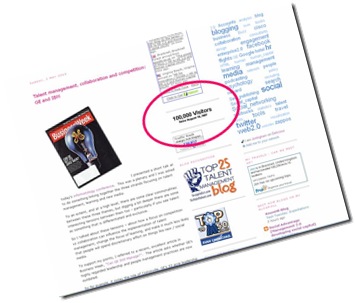

Licensed Drivers and Motor Vehicle Registrations by Type of Vehicle 2001-2020 (in thousands) Year Three jurisdictions reported this category. Number of Licensed Drivers by Gender and by Age - 2020 Age Group (yrs)
100000 SITE VISITS IN 1 YEAR DRIVER
Percentage of Driver and Passenger Fatalities and Serious Injuries by Age Group - 2020 "Rural" includes any area outside of what is defined as “Urban”. Note: In Alberta, New Brunswick, Manitoba, and Saskatchewan, "urban" includes any area within the corporate boundaries of a city, town, village or hamlet. Percentage of Driver and Passenger Fatalities and Serious Injuries Where Victims Were Not Using Seat Belts 2016-2020 Percentage of Fatalities and Serious Injuries by Road User Class - 2020 Road User Class Rate-based data in smaller jurisdictions have a high level of fluctuation due to their small sample size. Newfoundland and Labrador data reflects information contained in the Vehicle Collision Reports received and processed as of June 1, 2021. Changes in how traffic collision reports are collected in Manitoba resulted in an increased number of injuries of a minimal nature being captured in 2020. Notes: Data for Ontario and Alberta are preliminary for 2020. Transport Canada calculations and estimates using an econometric model. Statistics Canada, Annual Demographic Estimates: Canada, Provinces and Territories, 2020, Catalogue No. "Total Injuries" include all reported severities of injuries ranging from minimal to serious.įatalities and Injuries by Age Group - 2020 Age Group (yrs)įatalities by Road User Class 2016-2020 Road User Classįatality Rate (per 10,000 motor vehicles registered) Year Serious injuries were estimated from 2001 to 2020 because several jurisdictions under-reported these numbers. "Serious Injuries" include persons admitted to hospital for treatment or observation. "Fatalities" include all those who died as a result of a reported traffic collision within 30 days of its occurrence, except in Quebec before 2007 (eight days). "Personal injury collisions" include all reported motor vehicle crashes which resulted in at least one injury but not death within 30 days of the collision, except in Quebec before 2007 (eight days). "Fatal collisions" include all reported motor vehicle crashes that resulted in at least one death, where death occurred within 30 days of the collision, except in Quebec before 2007 (eight days). For example, 33.2% of driver fatalities were not wearing seatbelts, compared to 25.2% in 2019, which equates to a 32% increase. 2020 saw a large increase in the percentage of occupants that were killed or seriously injured who were not wearing seatbelts.The number of fatalities per billion vehicle kilometres travelled increased to 4.7 in 2020 (from 4.4 in 2019) despite significantly less KMs driven, the fatalities only went down slightly.The number of fatalities per 100,000 population decreased to 4.6 in 2020 (from 4.7 in 2019), and is the lowest on record.The number of serious injuries decreased to 7,868 in 2020 down 12% from 2019 (8,917).


Transport Canada’s National Collision Database (NCDB) contains data on all reportable motor vehicle collisions in Canada that the provinces and territories provide each year.


 0 kommentar(er)
0 kommentar(er)
